Best Time for Iron Fence Installations
Iron fence installations are influenced by seasonal weather patterns, soil conditions, and project scheduling. Understanding optimal timing can ensure a durable and efficient installation process.
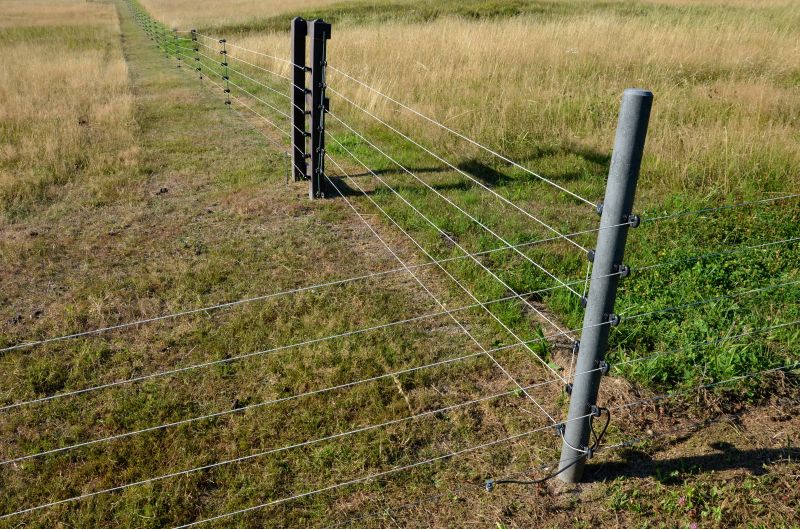
Spring offers moderate temperatures and longer daylight hours, making it ideal for outdoor construction projects like iron fence installation.

Summer provides warm weather, but high temperatures and rain can cause delays. Proper planning can mitigate weather-related issues.
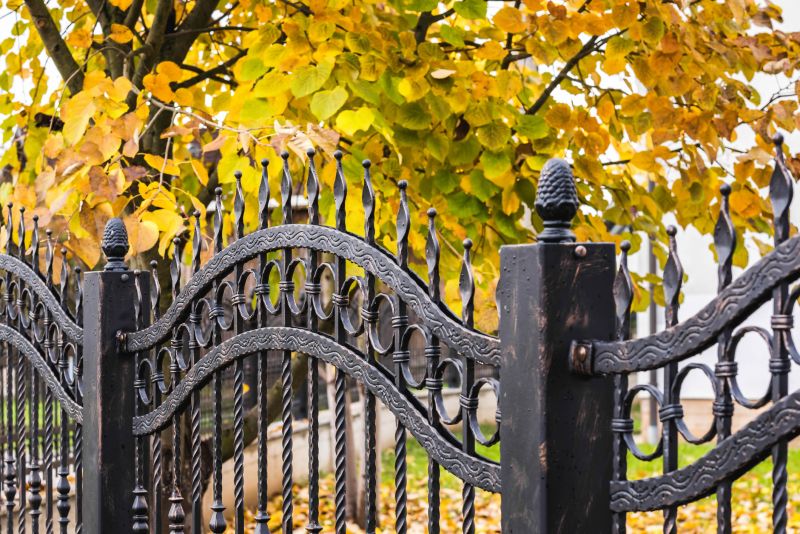
Fall's cooler temperatures and dry weather conditions are suitable for fencing projects, with less risk of weather-related disruptions.
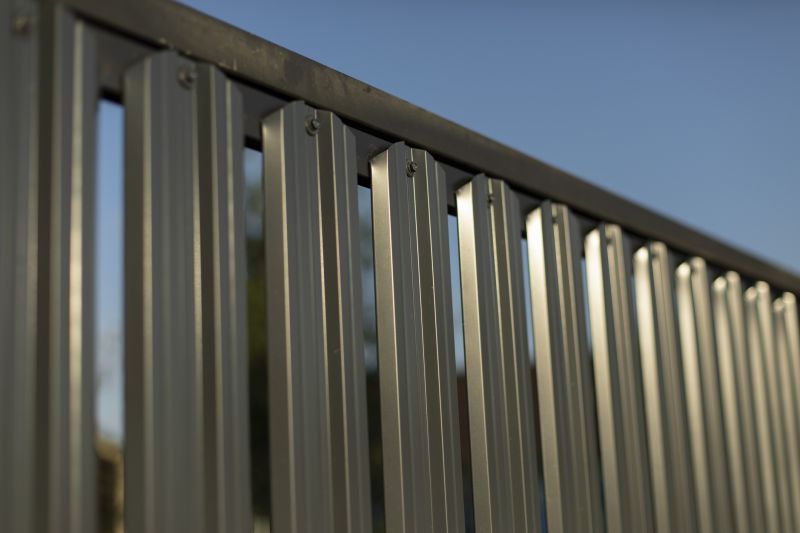
Ways to make Iron Fence Installations work in tight or awkward layouts.
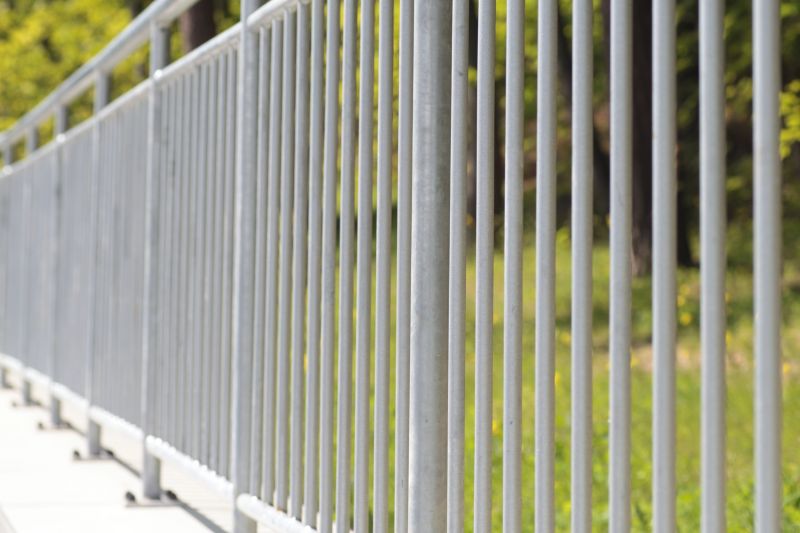
Popular materials for Iron Fence Installations and why they hold up over time.

Simple add-ons that improve Iron Fence Installations without blowing the budget.
Winter is generally less favorable due to cold temperatures, frozen ground, and snow, which can hinder excavation and setting processes.
The best conditions for iron fence installation are when the ground is thawed, dry, and temperatures are moderate, typically in spring and fall.
Unpredictable weather can cause delays, so scheduling during stable weather periods enhances project efficiency.
Consistent soil conditions without excessive moisture or frost facilitate secure post setting and foundation stability.
Iron fence installations require careful consideration of weather conditions to ensure longevity and structural integrity. Proper timing minimizes delays and reduces the risk of issues such as rust or foundation instability.
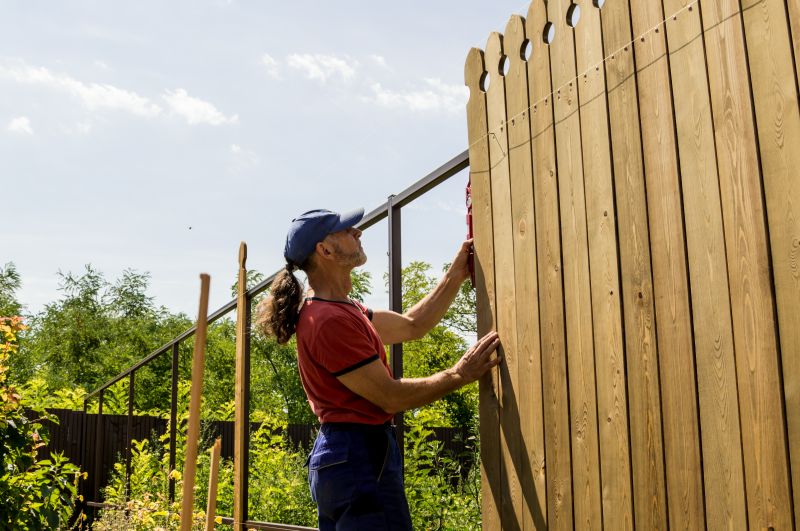
Technicians carefully install iron fences during optimal weather conditions to ensure durability.
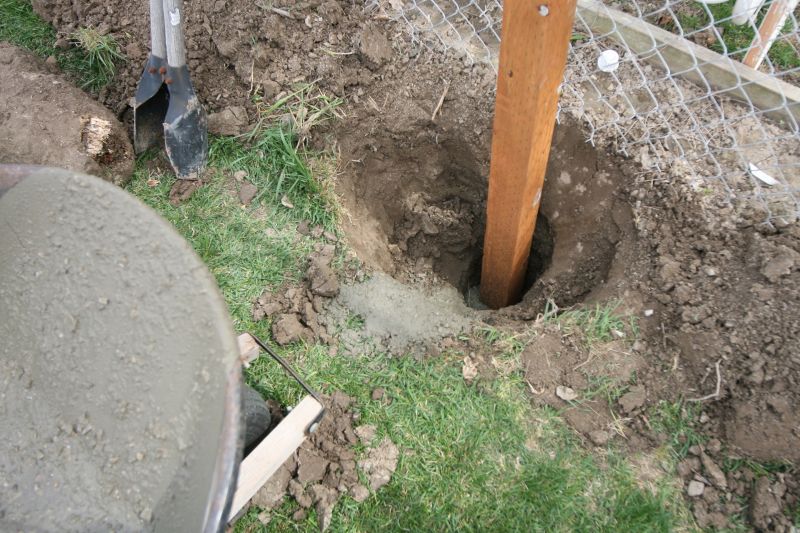
Ground preparation is crucial and is best performed when soil conditions are dry and thawed.
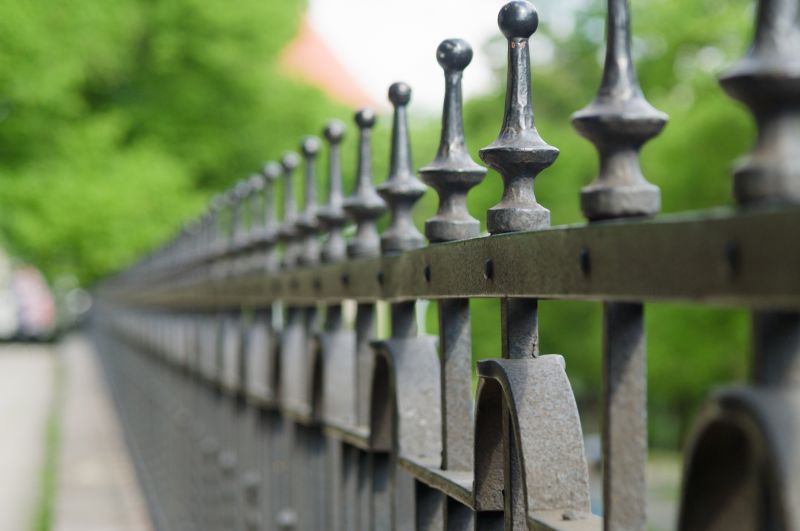
A completed iron fence showcases the quality of installation during suitable weather periods.
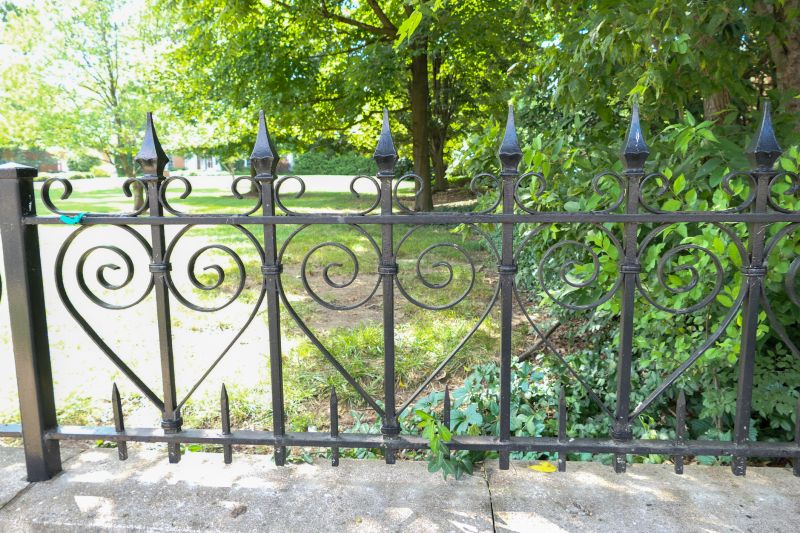
Effective scheduling aligns with favorable seasons for efficient project completion.
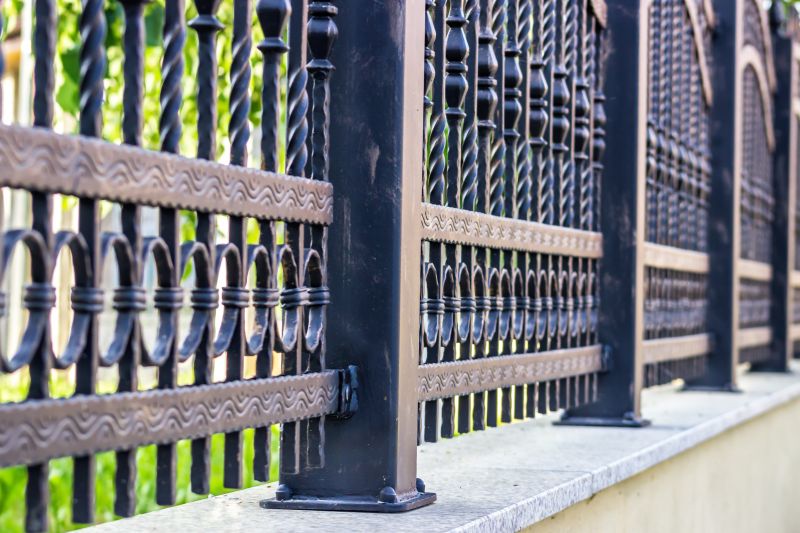
High-end options that actually feel worth it for Iron Fence Installations.
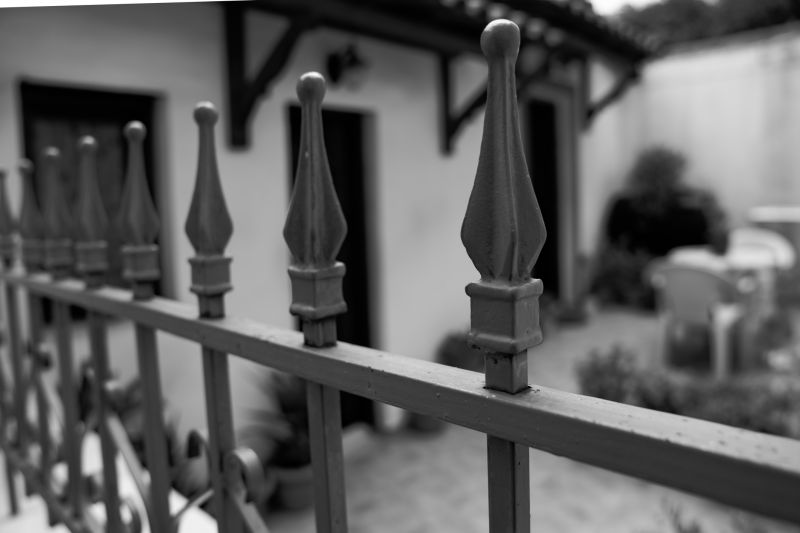
Finishes and colors that play nicely with Iron Fence Installations.
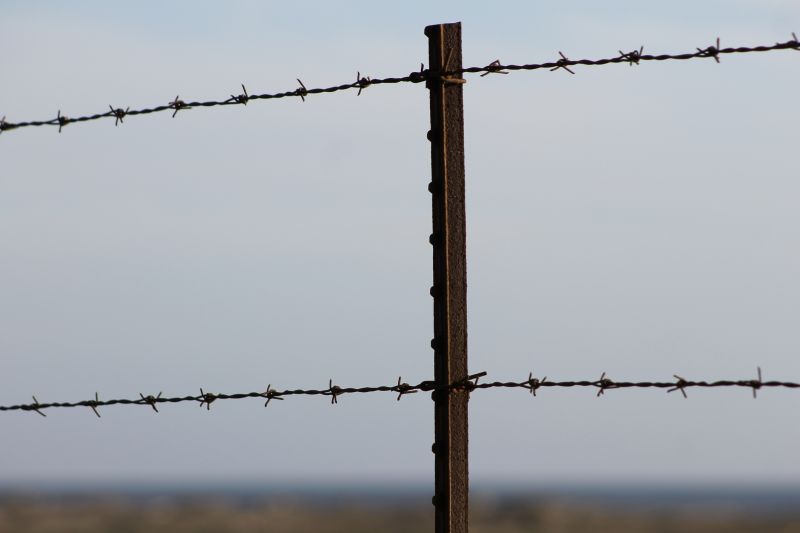
Little measurements that prevent headaches on Iron Fence Installations day.
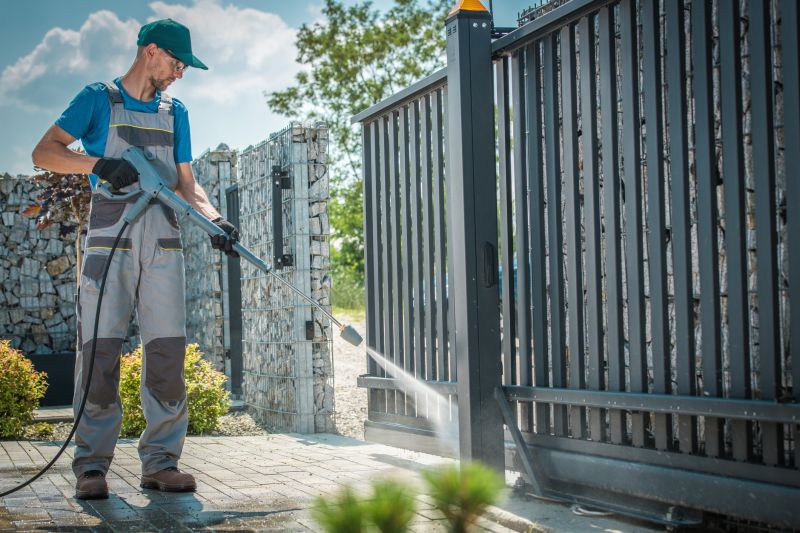
A 60-second routine that keeps Iron Fence Installations looking new.
| Season | Ideal Conditions |
|---|---|
| Spring | Moderate temperatures, thawed ground, minimal rain |
| Summer | Warm weather, longer days, potential for heat delays |
| Fall | Cooler temperatures, dry weather, stable soil |
| Winter | Cold temperatures, frozen ground, snow risk |
Choosing the right time for iron fence installation can impact project quality and timeline. Spring and fall are generally preferred due to favorable weather conditions, while winter is less suitable due to operational challenges.
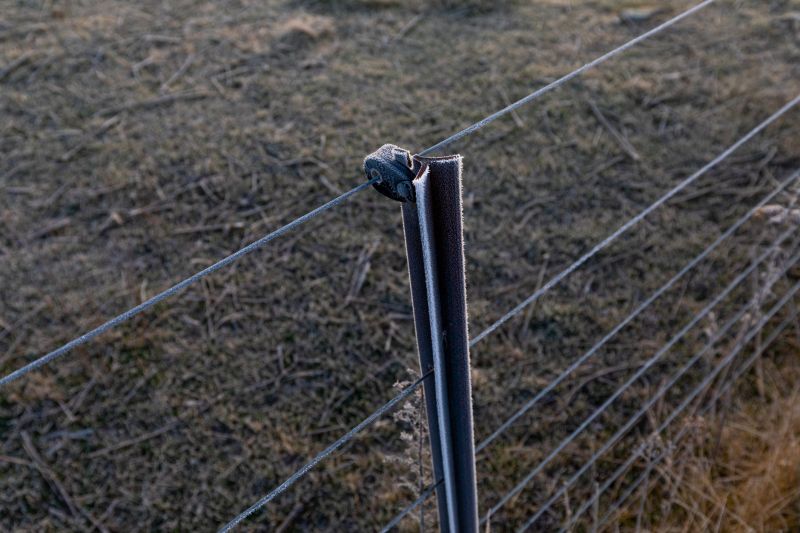
Spring's moderate weather helps ensure a smooth installation process with minimal delays.
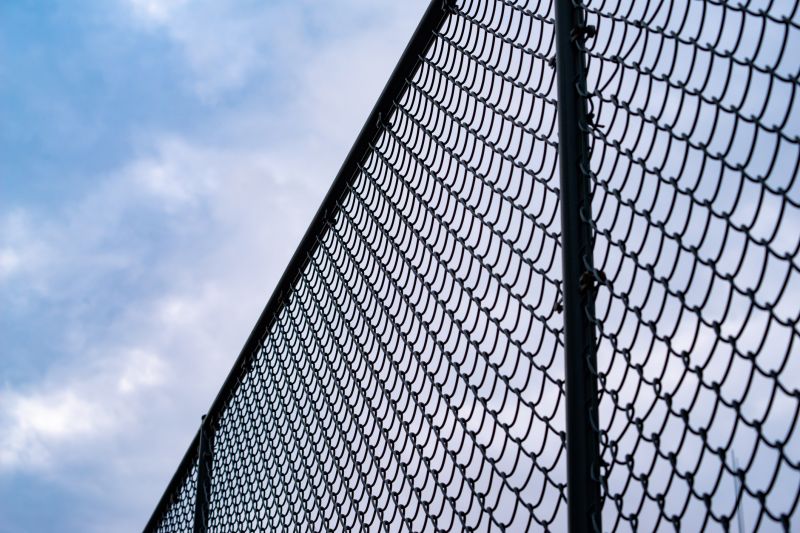
High temperatures and rain can cause scheduling issues, requiring careful planning.
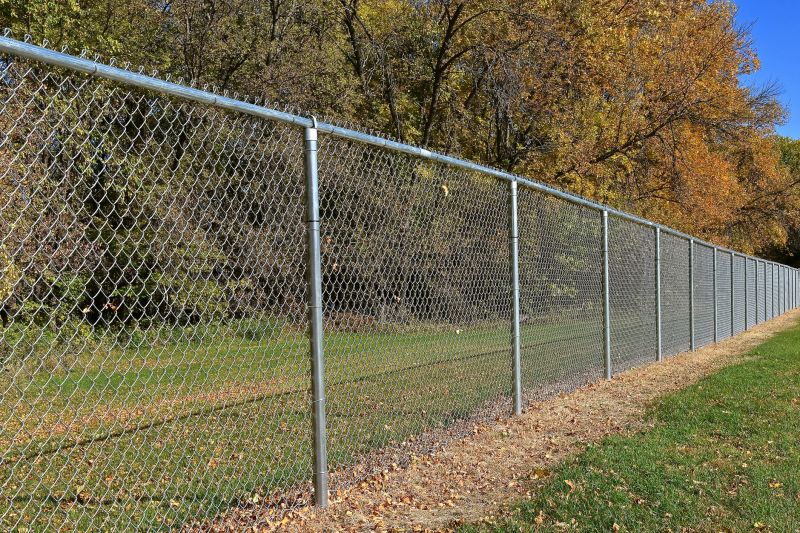
Fall offers optimal weather for installing durable iron fences before winter.
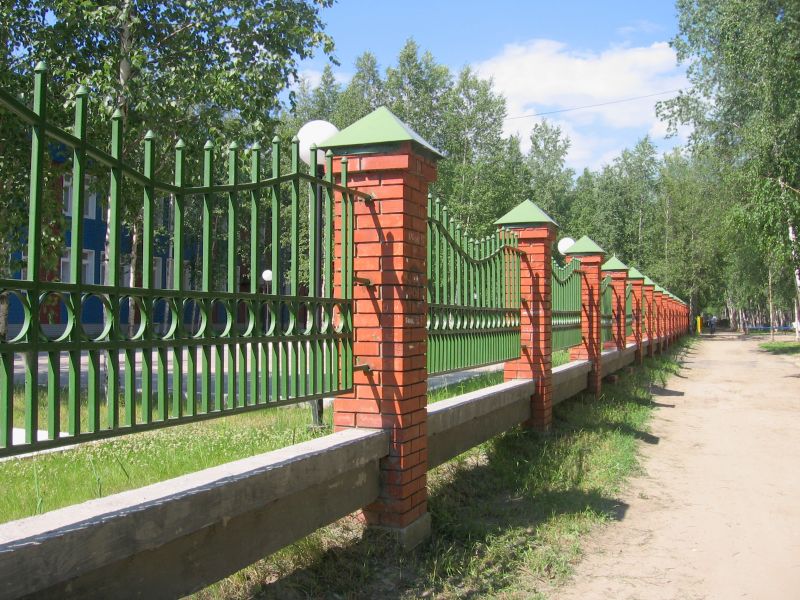
A frequent mistake in Iron Fence Installations and how to dodge it.
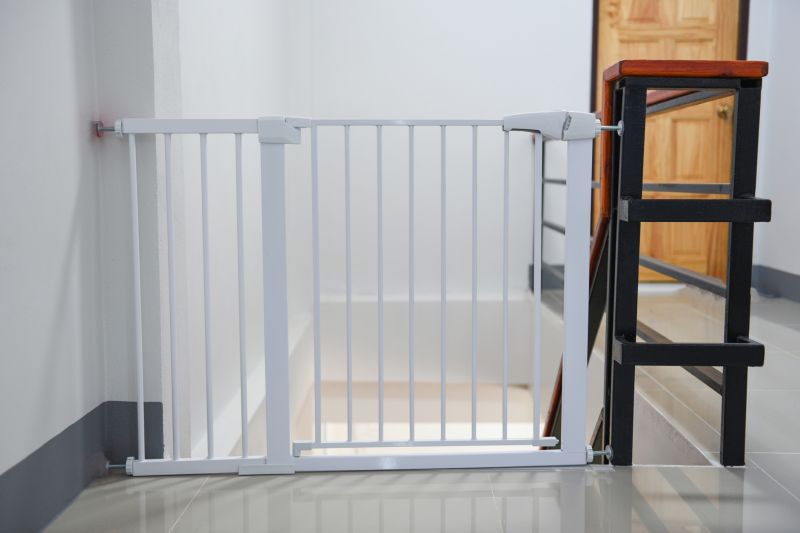
Small tweaks to make Iron Fence Installations safer and easier to use.
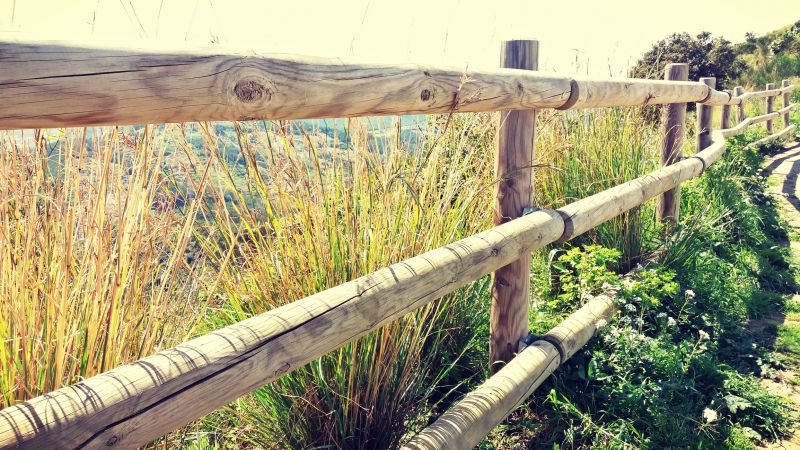
Lower-waste or water-saving choices for Iron Fence Installations.
Proper timing of iron fence installation ensures a long-lasting and visually appealing result. Consulting with professionals can help determine the best season based on local climate conditions.
Interested in scheduling an iron fence installation? Fill out the contact form to discuss options and timing.
